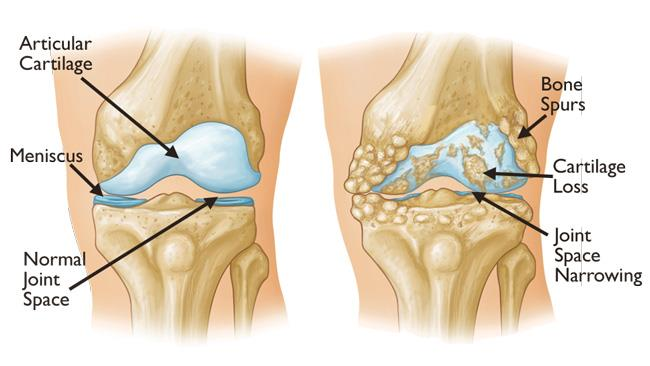A nurse is assessing a client who is being admitted from the Post-Anesthesia Care Unit (PACU) following an abdominal hysterectomy. Which of the following assessments is the nurse's priority?
Urinary output
Oxygen saturation
Abdominal dressing
Pain level
The Correct Answer is B
Choice A reason:
While monitoring urinary output is important after surgery to ensure kidney function and that the urinary tract has not been compromised during surgery, it is not the immediate priority. The nurse should ensure that the client is not experiencing postoperative complications such as urinary retention, but this comes after the assessment of vital signs.
Choice B reason:
Oxygen saturation is the priority assessment for a client being admitted from the PACU following an abdominal hysterectomy. Maintaining adequate oxygenation is critical after anesthesia, as respiratory function can be compromised. The nurse must ensure the client's airway is clear and that they are receiving sufficient oxygen to prevent hypoxia and other respiratory complications.
Choice C reason:
Inspecting the abdominal dressing is necessary to check for signs of bleeding or infection at the surgical site. However, this is not the first priority upon admission from the PACU. The nurse will assess the dressing after vital signs and oxygen saturation have been addressed.
Choice D reason:
Pain management is a significant part of postoperative care, and the nurse will need to assess the client's pain level to manage it effectively. However, the immediate priority is to ensure the client's vital signs are stable, which includes oxygen saturation, before addressing pain.
Nursing Test Bank
Naxlex Comprehensive Predictor Exams
Related Questions
Correct Answer is A
Explanation
Choice A reason: Damage to cartilage and bone can progressively worsen. This is a characteristic of osteoarthritis. The disease is a degenerative joint disease that results in the loss of cartilage, which cushions the ends of bones in joints. As the disease progresses, the cartilage becomes thinner and may wear away entirely, causing the bones to rub against each other. This can result in pain, stiffness, and loss of joint movement.
Choice B reason:
Organ failure in later stages may occur without treatment. This statement is not typically associated with osteoarthritis. While osteoarthritis can significantly impact a person's quality of life, it does not directly cause organ failure. However, it's important to manage osteoarthritis effectively to maintain overall health and prevent secondary complications.
Choice C reason:
Inflammation will resolve over time. This is not typically true for osteoarthritis. While some people with osteoarthritis may experience periods of reduced symptoms, the underlying disease process does not resolve over time. In fact, osteoarthritis usually worsens over time.
Choice D reason:
There will be periods of flare-ups and remission of symptoms. This is true for many people with osteoarthritis. Symptoms can vary and may become more severe during periods of activity or stress on the joint. Conversely, symptoms may decrease during periods of rest or with effective management strategies.

Correct Answer is A
Explanation
Choice A reason:
Babinski's sign is a neurological reflex that's tested by stroking the sole of the foot. A positive Babinski's sign, which is normal in infants but abnormal in adults, is indicated by dorsiflexion of the great toe (the toe points up) while the other toes fan out. This reflex suggests dysfunction of the corticospinal tract, which may be due to various neurological conditions. In the context of a stuporous patient with an unrepaired femur fracture, a positive Babinski's sign could indicate an acute neurological change possibly related to the injury or a secondary complication such as a fat embolism syndrome, which can occur after fractures and may affect the brain.
Choice B reason:
Pronation of the arms is not associated with Babinski's sign. Pronation is a rotational movement where the hand and upper arm are turned inwards. While arm movements are part of the neurological examination, they do not constitute a response to the plantar reflex test used to elicit Babinski's sign.
Choice C reason:
Pinpoint pupils may indicate opioid overdose or damage to the pons due to various causes, but they are not a component of Babinski's sign. Pupil size and reaction to light are important in neurological assessments, but they are separate from the reflexes tested by the Babinski sign.
Choice D reason:
Jerking contractions of the head and neck are not related to Babinski's sign. These could be indicative of seizure activity or other neurological disorders but are not a response to the plantar reflex test.

Whether you are a student looking to ace your exams or a practicing nurse seeking to enhance your expertise , our nursing education contents will empower you with the confidence and competence to make a difference in the lives of patients and become a respected leader in the healthcare field.
Visit Naxlex, invest in your future and unlock endless possibilities with our unparalleled nursing education contents today
Report Wrong Answer on the Current Question
Do you disagree with the answer? If yes, what is your expected answer? Explain.
Kindly be descriptive with the issue you are facing.
